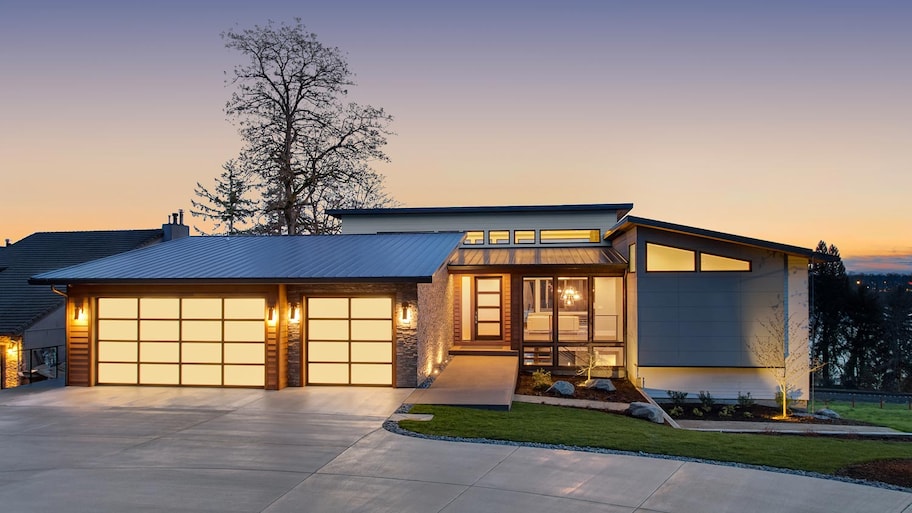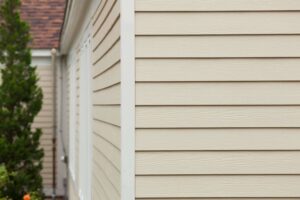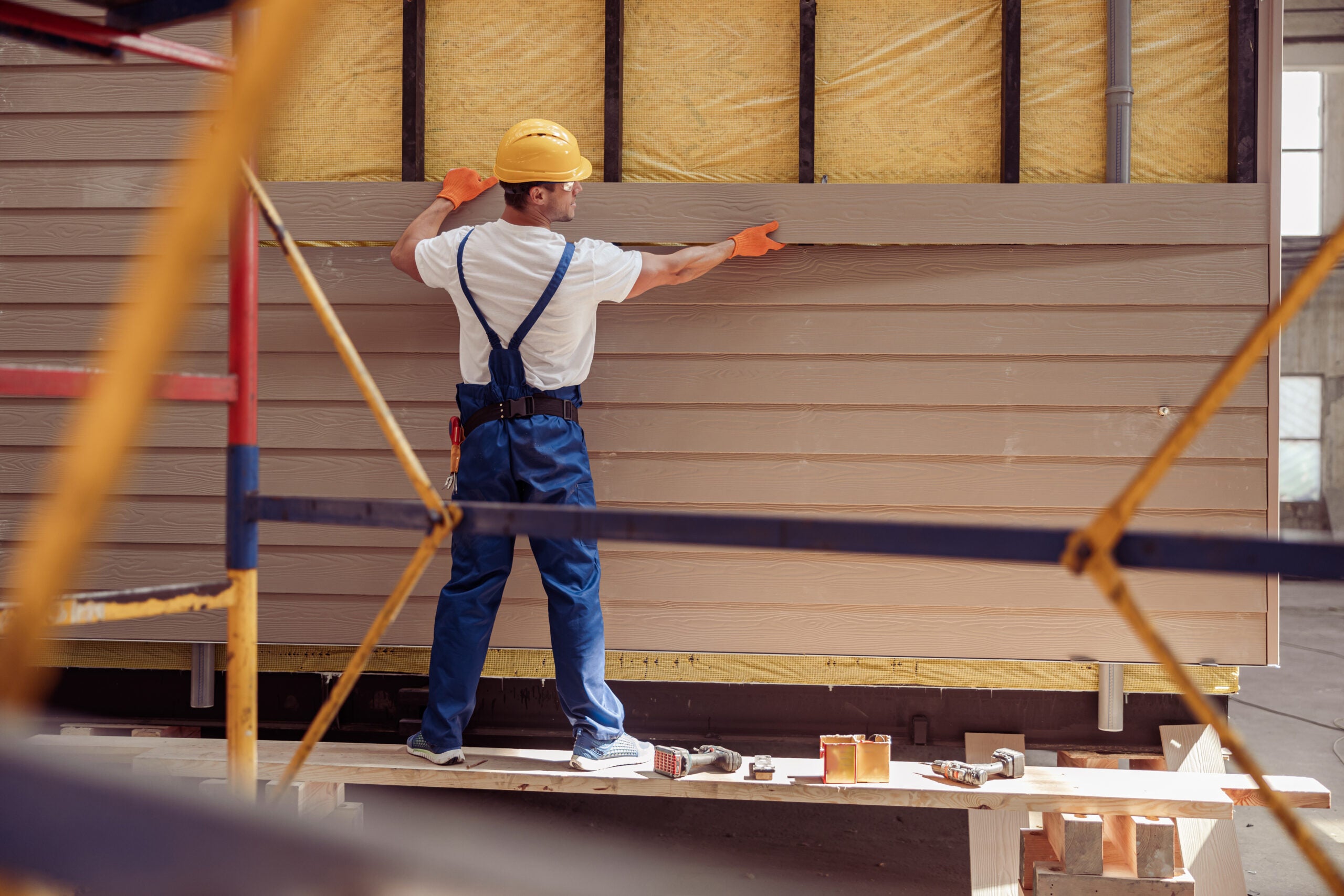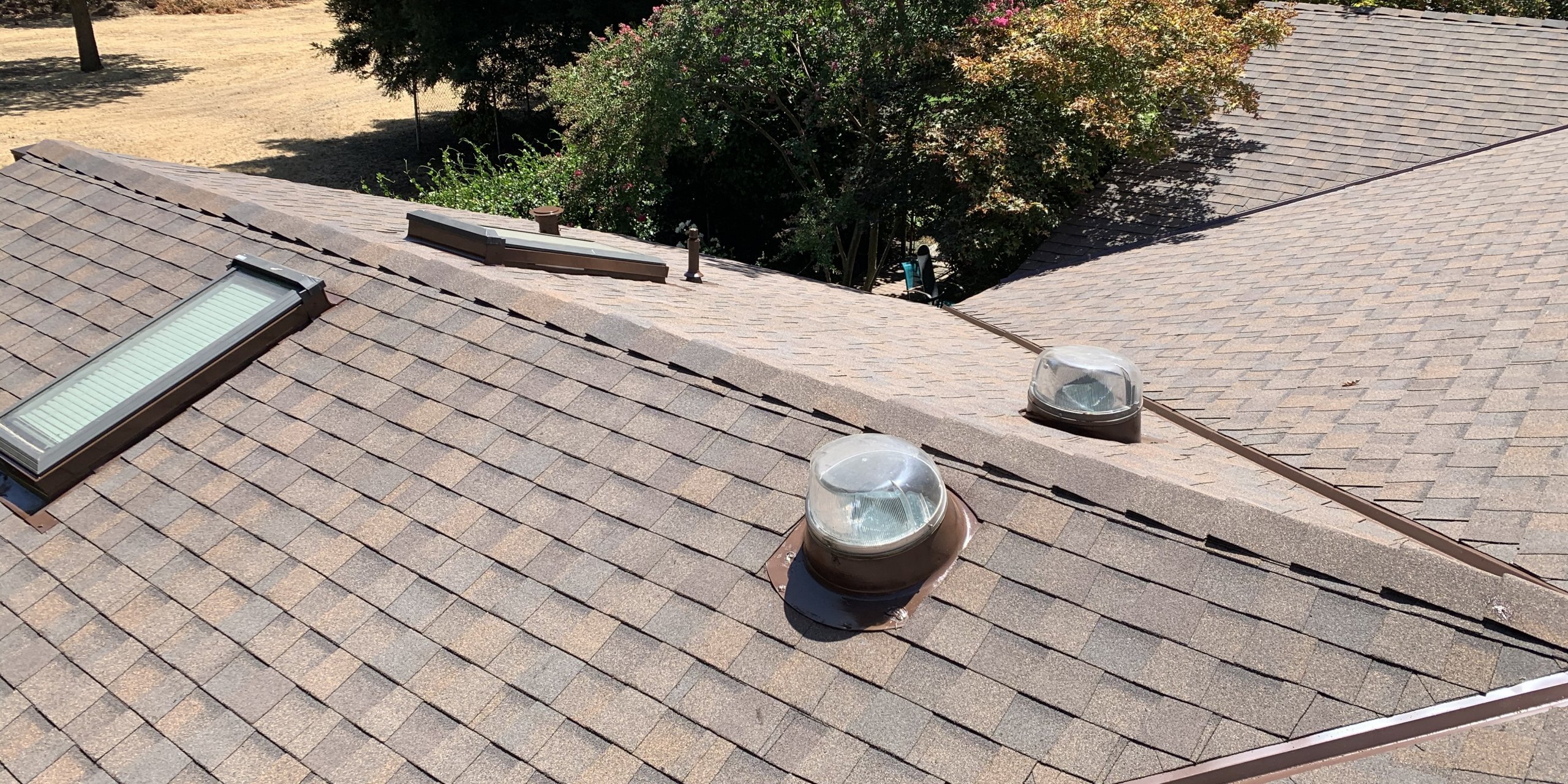Mar 26, 2025
Maximizing Space: Tips for Making Small Home Exteriors Shine

Creating an inviting and visually appealing small home exterior can be challenging, but with the right design strategies, even compact spaces can have a big impact. Whether you want to enhance curb appeal, create a cozy outdoor retreat, or make your small yard feel more spacious, thoughtful planning can transform your exterior into an impressive extension of your home.
Choosing the Right Colors and Materials
The right color palette can significantly affect how spacious a small exterior feels. Lighter shades like white, soft gray, or pastel tones reflect more light, making the area feel open and airy. Neutral colors paired with natural materials, such as wood and stone, create a timeless and harmonious look. Glossy finishes on doors or trim can add depth and help surfaces stand out without overwhelming the space.
Materials also play a key role in making a compact exterior look polished. Vertical siding, slim bricks, and narrow paneling can visually elongate a house, giving the illusion of height. Glass elements, such as large windows or glass-paneled doors, allow more light to flow through, further enhancing the sense of openness. For more tips and inspiration, see this website to explore creative ideas for enhancing small exteriors.
Enhancing Curb Appeal with Landscaping
A small front yard or outdoor space can be elevated with strategic landscaping. Opting for vertical gardens, climbing plants, and hanging planters keeps greenery lush while preserving ground space. Layering plants by height can create depth, making the area look more expansive.
Incorporating well-placed pathways can guide the eye and give the impression of a larger yard. Curved walkways, stepping stones, or narrow paver designs lead visitors naturally through the space, making it feel more structured and intentional. Container gardening is another great option, allowing for a mix of flowers, herbs, or shrubs without overcrowding the area.
Utilizing Multi-Functional Outdoor Furniture
Maximizing space means selecting furniture that serves multiple purposes. Foldable chairs, stackable stools, and built-in seating can provide comfort without making the space feel cramped. Benches with hidden storage or wall-mounted tables can keep the area organized and functional.
Smaller patio areas benefit from round tables rather than rectangular ones, as they allow for better movement and flow. Lightweight, slim-framed furniture maintains an open feel and avoids visual clutter. Choosing pieces in neutral or transparent materials, such as acrylic or metal with open designs, can prevent the space from feeling enclosed.
Optimizing Lighting for a Spacious Feel
Proper lighting can dramatically enhance the appearance of a small home exterior. Well-placed fixtures draw attention to key areas and create an inviting ambiance. String lights, lanterns, and solar-powered pathway lights provide warmth without taking up valuable space.
Wall-mounted sconces, recessed lighting, or LED strips along railings or steps can highlight architectural features while keeping the layout open. Soft, warm-toned lights add depth, making the space feel more expansive and welcoming during the evening hours.
Creating Visual Depth with Mirrors and Reflective Surfaces
 Mirrors are a clever way to create an illusion of space. When placed strategically, they reflect light and surrounding greenery, making the exterior feel larger. A mirrored wall panel, decorative reflective tiles, or polished metal accents can enhance brightness and add visual interest.
Mirrors are a clever way to create an illusion of space. When placed strategically, they reflect light and surrounding greenery, making the exterior feel larger. A mirrored wall panel, decorative reflective tiles, or polished metal accents can enhance brightness and add visual interest.
Water features, such as small fountains or ponds with reflective surfaces, also contribute to the sense of openness. Even a compact outdoor space can feel more serene and dynamic with the right reflective elements.
Defining Spaces with Smart Layouts
Organizing a small home exterior into distinct areas can make it feel more spacious. Creating designated zones for dining, lounging, and gardening helps establish structure. Outdoor rugs, planters, or slight variations in flooring materials can subtly separate spaces without adding bulk.
Avoid overcrowding the space with too many accessories. A minimalist approach, with a few statement pieces, keeps the area stylish while maintaining an uncluttered feel. Open sightlines between sections ensure the design flows naturally.
More Details
 One of the simplest yet most effective ways to maintain your siding is through regular cleaning. Dirt, dust, and mildew can accumulate over time, making the siding look dull and worn. Washing your siding at least once or twice a year helps maintain its appearance and prevents long-term damage. A garden hose with a spray nozzle is usually sufficient for mild dirt, but for tougher stains, a mixture of mild soap and water, along with a soft-bristled brush, can be used.
One of the simplest yet most effective ways to maintain your siding is through regular cleaning. Dirt, dust, and mildew can accumulate over time, making the siding look dull and worn. Washing your siding at least once or twice a year helps maintain its appearance and prevents long-term damage. A garden hose with a spray nozzle is usually sufficient for mild dirt, but for tougher stains, a mixture of mild soap and water, along with a soft-bristled brush, can be used.

 Winter presents the most challenges for reroofing, but it is still possible under the right conditions. Cold temperatures can make asphalt shingles brittle and difficult to install, while snow and ice can create hazardous working conditions. Roofing projects in winter often take longer due to shorter daylight hours and the need to carefully manage temperature-sensitive materials.
Winter presents the most challenges for reroofing, but it is still possible under the right conditions. Cold temperatures can make asphalt shingles brittle and difficult to install, while snow and ice can create hazardous working conditions. Roofing projects in winter often take longer due to shorter daylight hours and the need to carefully manage temperature-sensitive materials.